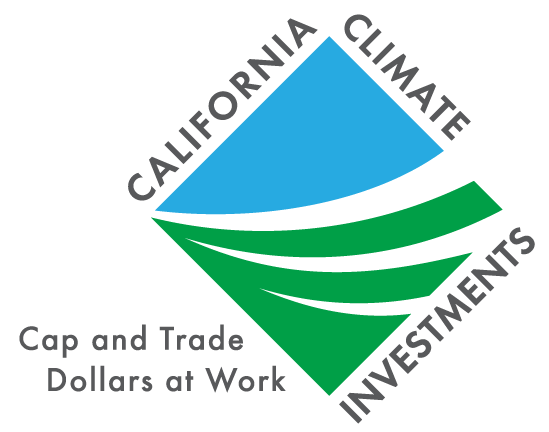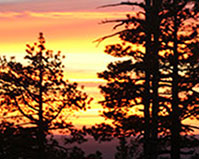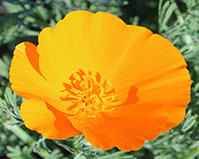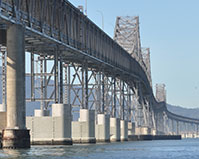News and Events
Background

The Wetlands Restoration for Greenhouse Gas Reduction Program (Program) restores or enhances wetlands and watershed ecosystems to provide essential services to California's people, wildlife, and fish. Wetlands have high carbon sequestration rates that can sequester carbon for decades. There is tremendous opportunity to restore or enhance large areas of mountain meadow, coastal tidal, inland seasonal, and Sacramento-San Joaquin Delta wetlands that do not currently provide the full potential of carbon storage or other benefits due to historical land use.
The Program is part of California Climate Investments, a statewide program that puts billions of Cap-and-Trade dollars to work reducing GHG emissions, strengthening the economy, and improving public health and the environment, particularly in disadvantaged communities, low-income communities, and low-income households that are collectively referred to as "priority populations". The Cap-and-Trade program also creates a financial incentive for industries to invest in clean technologies and develop innovative ways to reduce pollution. California Climate Investments projects include affordable housing, renewable energy, public transportation, zero-emission vehicles, environmental restoration, more sustainable agriculture, recycling, and much more. At least 35 percent of these investments are located within and benefiting priority populations across California. For more information, visit the California Climate Investments website(opens in new tab).
Program Work, by the Numbers
 22 Projects
22 Projects
in Coastal Wetlands, Inland Seasonal Wetlands, Sacramento-San Joaquin Delta Wetlands, Mountain Meadows
 7,370 Acres Restored or Enhanced Equivalent to 5,602 football fields
7,370 Acres Restored or Enhanced Equivalent to 5,602 football fields
 $36.85M Investment
$36.85M Investment
$18M benefiting Priority Populations
 859,783 Metric Tons Estimated
859,783 Metric Tons Estimated
CO2-equivalent Sequestered
Equal to 7.6 million gallons of gasoline
Subscribe for Notifications
Greenhouse Gas Reduction